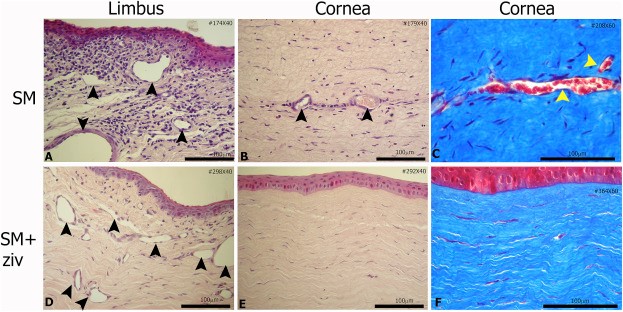Ocular surface insults
Irritants and other chemical compounds may damage the eye
and result in a significant dis-function of the visual system. Our eye research
addresses the pathology of the cornea, the damage to the retina and the
resulted impaired vision and compromised visually-based behavior.
Based on the similarities between human and rabbit corneas, rabbits are used in our in vivo vapor exposure system. This enables the study of ocular injury with its progression and sequence of deterioration over time following exposure to vesicants (e.g. sulfur mustard) and other irritants.
The detailed characterization of the progression of eye damage following exposure aids in the development of pharmacological means to countract the injury, as well as allow for a carefull evaluation of potential treatments to minimize the progression of damage.
We use a slit lamp microscope and our semi-quantitative clinical severity score to continuously monitor the dynamic course of the ocular injury and possible pathological healing processes. Additional non-invasive monitoring includes pachymetry, specular microscopy, impression cytology and tear fluid collection. Histology, immunohistochemistry, biochemistry and molecular biology methods are applied to the ocular surface tissues at various time points post-exposure.

Histological evaluation of corneal and limbal tissues following exposure to toxicant:evaluation of treatment

Histological sections of rats' eyes following whole-body exposure to toxicant